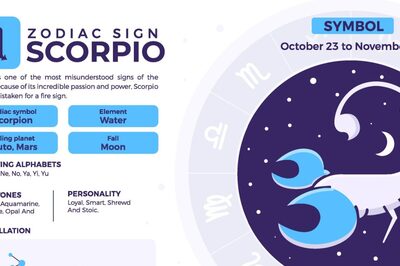
views
London: The leatherback turtles use vision - relying on the position of the stars and sun - and a sense of the earth's magnetic field to steer their way in the transatlantic journey from Central Africa to South America in perfect straight lines.
The findings come from a study led by the Centre for Ecology and Conservation at Exeter University, Britain, the journal Proceedings of the Royal Society B reported.
Over five years, the researchers tagged 25 females with satellite tracking devices strapped or drilled to their shells as they left their hatching grounds in Africa to seek food across the Atlantic, according to the Daily Mail.
They discovered three migratory routes, including one 4,699-mile journey straight across the Atlantic from Gabon to the coastal waters off southern Brazil and Uruguay that took 150 days.
Matthew Witt, study co-author, said: "Despite extensive research carried out on leatherbacks, no one has really been sure about the journeys they take in the South Atlantic until now."
"What we've shown is that there are three clear migration routes as they head back to feeding grounds after breeding in Gabon, although the numbers adopting each strategy varied each year," he added.
Female leatherbacks begin their first migrations as newly hatched youngsters.
After a few weeks splashing around in the coastal waters near their hatching grounds, they seek out feeding grounds rich in jellyfish and other gelatinous food, travelling thousands of miles in the process.
After a few years building up strength, they swim back to the beaches where they were born to lay up to 150 eggs at a time in holes dug in the sand.




















Comments
0 comment